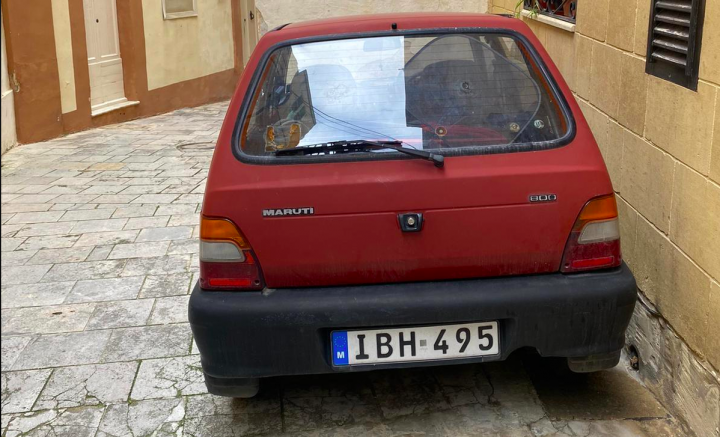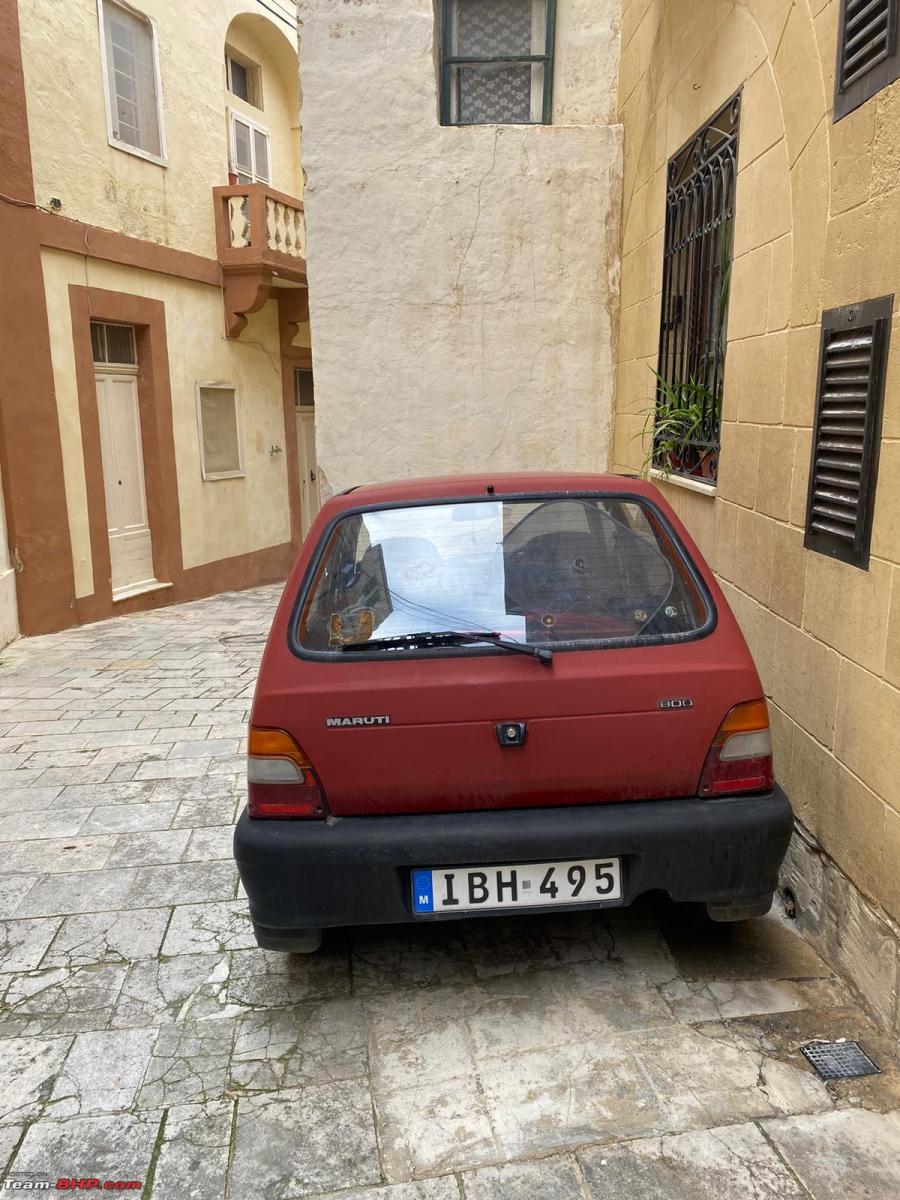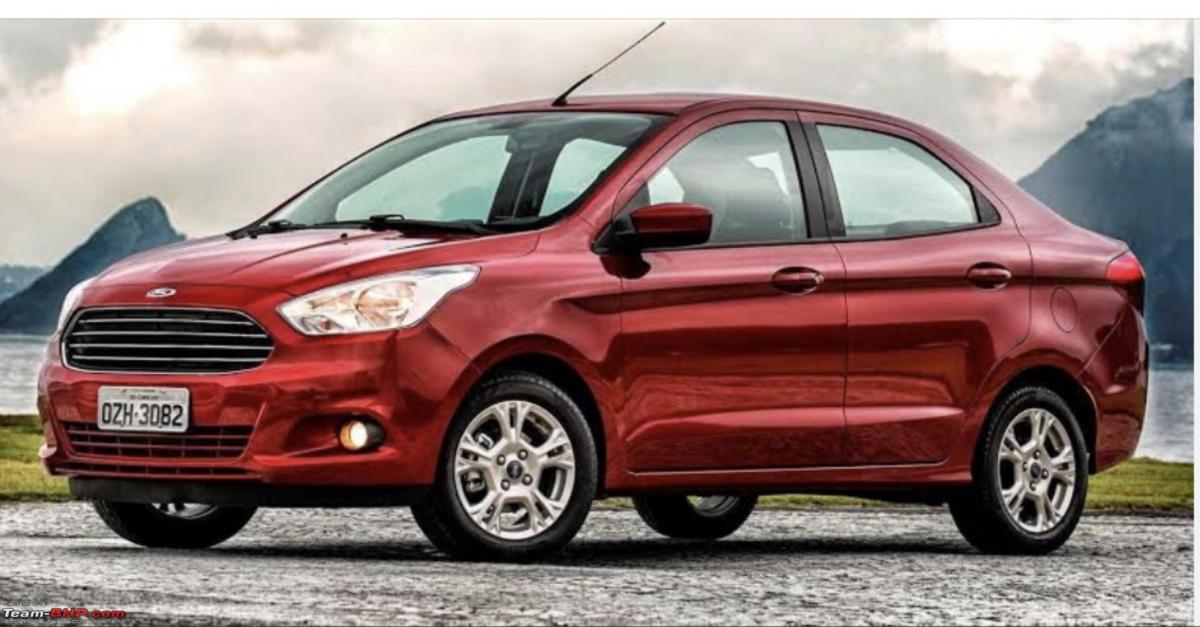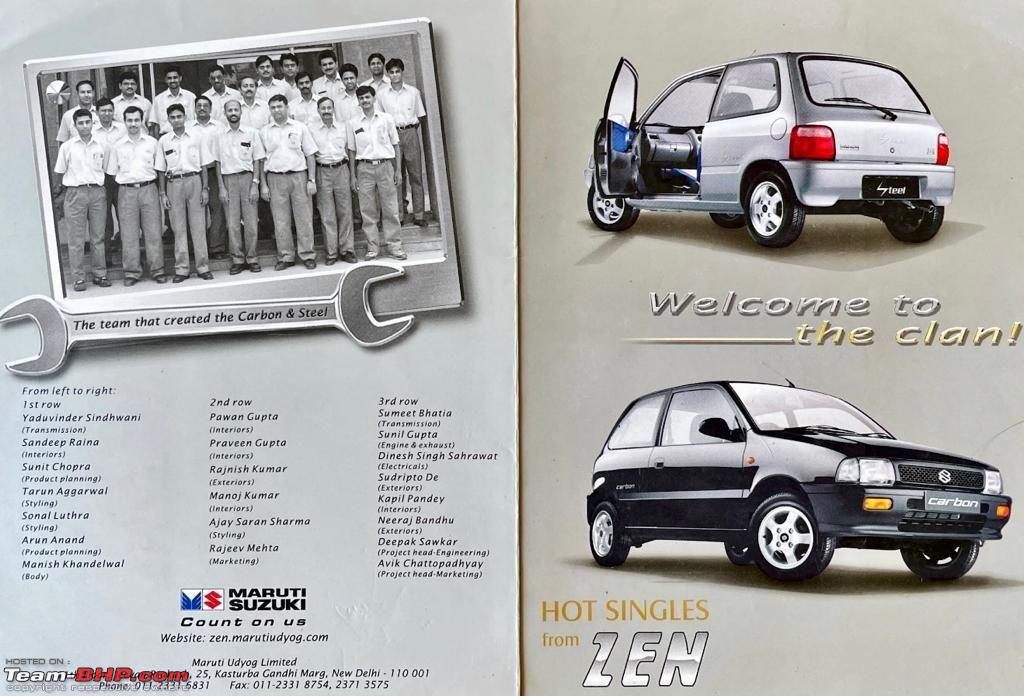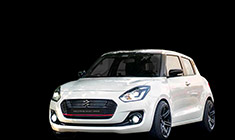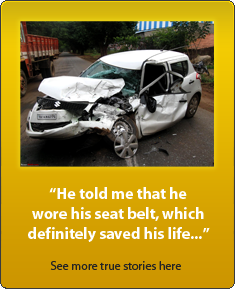News
Reasons why export spec car models are not sold in the Indian market
I am also guessing that the R&D cost to Indianise the vehicle is a tax write off making this viable.
BHPian SideView recently shared this with other enthusiasts.
Other than the obvious right hand drive option. Is there any major reason that export models are not sold in India. Curious to know.
Some of the stuff that comes to top of my head:
- Indian models are watered down to make maximum profit.
- Tax structure in India makes it better option to manufacture here and sell outside to optimize cost.
- Sub 4 meter/1.5 L challenges a.k.a having to rework stuff specifically for India to take advantage for such categories.
I am also guessing that the R&D cost to Indianise the vehicle is a tax write off making this viable. Since we one of the largest markets.
Is there something I am missing here. I am sure plenty of us would prefer “export” variants for added safety and features if at all sold at a slight premium.
Or have I totally missed it and already both export and local variants are more or less same?
Thoughts?
Here's what GTO had to say on the matter:
You covered a lot of reasons in the opening post. Including blatant & cheap cost-cutting for India (OEMs call it "value engineering" ).
It takes a lot of effort to launch a model in India = creating a special "product" team, market research, production for local demand, pricing & strategy, press drives, advertising & marketing, dealer training, workshop training, parts support, warranty support etc. etc.
The investment even for a ready model is in the tens of crores. Hence, a manufacturer will only do it if they see demand for it, and if the volumes justify management bandwidth. As an example, Maruti & Hyundai are so used to selling cars in the 1000s of units that they rarely bother with cars that will sell in the triple digits (unless it is expensive like a Tucson or an EV).
Some examples of export models not sold in India:
2-door Jimny would have less demand. No matter how many enthusiasts want a 2-door Jimny, even in the USA, the 4-door Wrangler outsells the 2-door in a 80 : 20 ratio.
A bigger engine or extra length will push the car out of compact car tax benefits.
Export models will be priced higher. E.g. the export-spec EcoSport had over a 100 improvements than the local car. But it would also cost more. Ford hardly ever made money in the 20+ years it spent in India, so profits were a top priority for them.
Here's what BHPian tharian had to say on the matter:
Just few days ago, a friend sent a picture of a Maruti 800 in Malta with a rear wash/wipe and I was wondering why couldn't they have included that on the M800 here.
On the other hand, we had Ford launch the Sports edition of the Aspire and Figo which had wheels and suspension bits of the export model Ka+.
But what they could have also sold here was the full length Aspire. (Ka+ sedan)
Here's what BHPian TejasKinger had to say o the matter:
Maruti did - The Zen Carbon and Zen Steel were essentially export models of the Zen:
Here's what BHPian Cresterk had to say on the matter:
Our country’s average income is lower. Yes yes, like in all places with great income inequality, there are some billionaires as usual who splurge on exotic cars but the majority of India is poor, no matter how it hurts our pride.
What our market needs is easy: cheap cars that are affordable to most of the population. You sell a billion cars with a 5k profit margin, you still end up making more money than selling 50-100 units of 1-5 crore cars with a 20-50L profit margin.
The problem: you increase 1 lakh in manufacturing costs and after all the taxes and cess and RTO and what not, you might end up with a car that costs about 2-3L extra on road.
For a price sensitive market, this means your car is already dead on arrival if it costs 2-3L more than the competitor in the below 10L segment.
For every 100rs you save by cheapening out on manufacturing costs, you end up with a considerably large difference in the end price the customer pays. This gives you a massive leg up on the competition.
And thus we end up with questionably cost cut cars. It helps that the average person buying a car here has no idea what is normal and what is not.
Here's what BHPian UPS_Guru had to say on the matter:
The primary reason why export models cannot be sold locally is due to homologation regulations - a process that ensures models meet the prescribed regulations and are fit for use in a particular country or region.
Even if a model meets the homologation regulations, our price-sensitive market may not be ready for it. For automotive companies, it is nothing but a gamble to crack new segments in the current market.
Check out BHPian comments for more insights and information.



